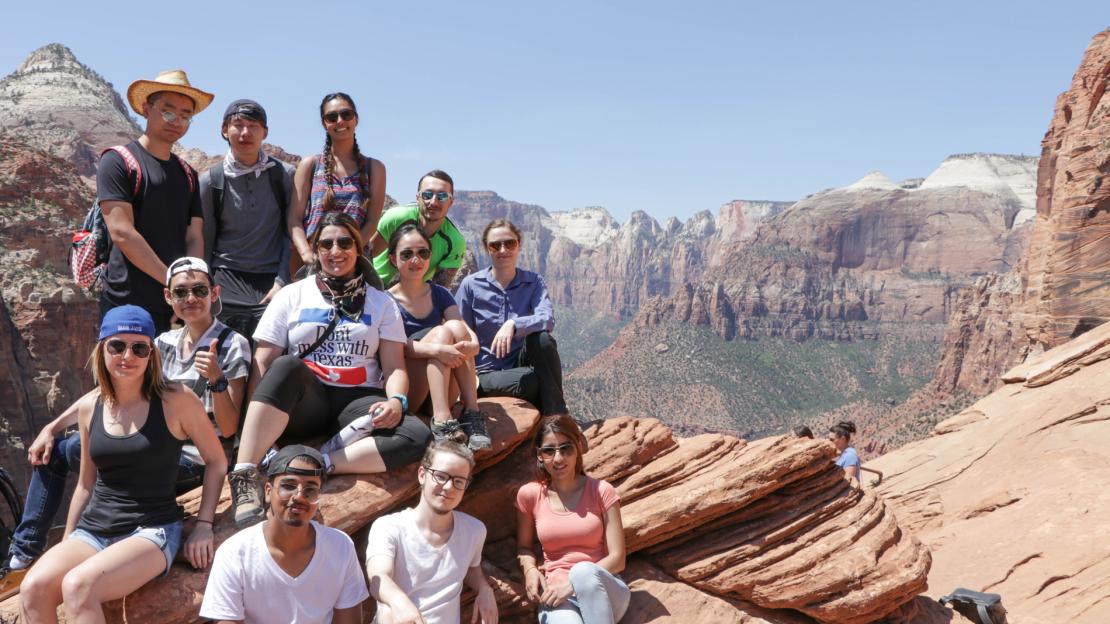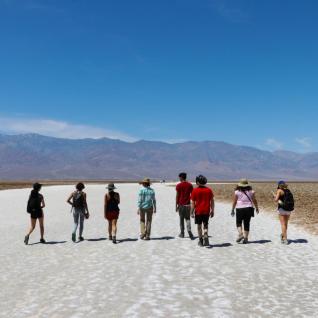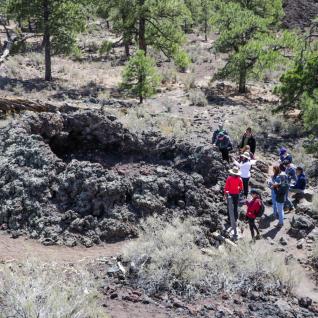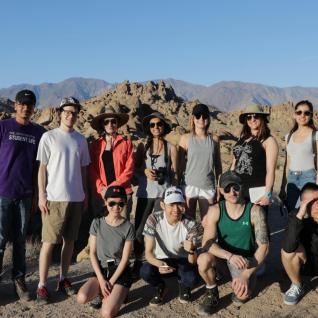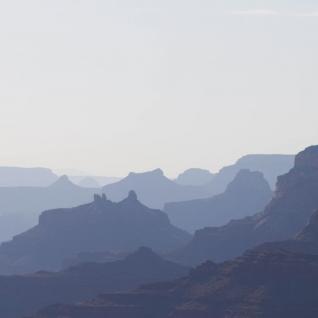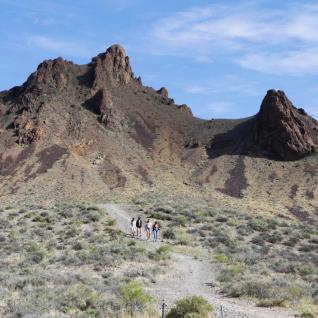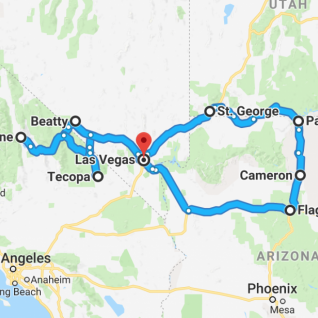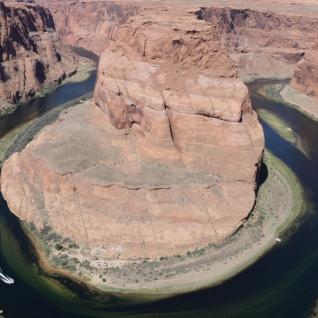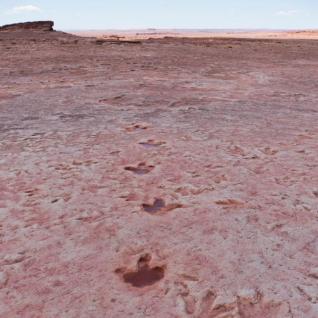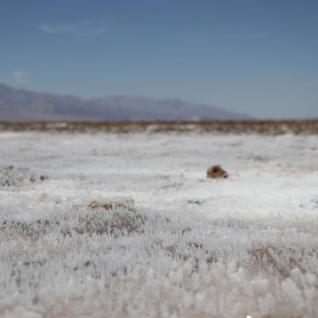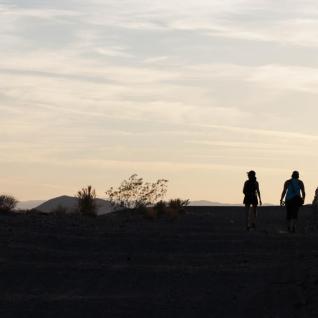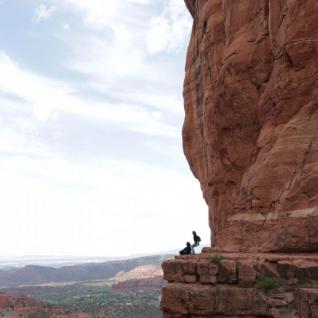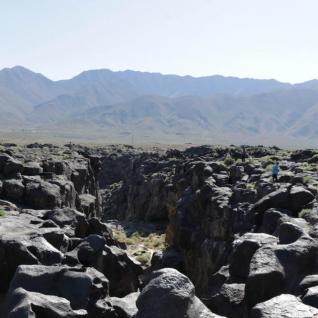This past April, a group of 11 students and two staff members from U of T Scarborough spent 11 days travelling an incredible 3,000 kilometres across the Southwestern United States.
The journey, which took them to four different states to visit significant geologic sites, is part of a Field Camp course offered by the Department of Physical and Environmental Sciences (DPES).
Led by instructor Kirsten Kennedy and lab coordinator Tom Meulendyk, students learned about the geological structure and formation of the Colorado Plateau and Basin and Range Province through research presentations, observation, field assignments and exploration.
We spoke to Kennedy, Meulendyk and two student participants about what they saw and what they learned on this extraordinary trip.
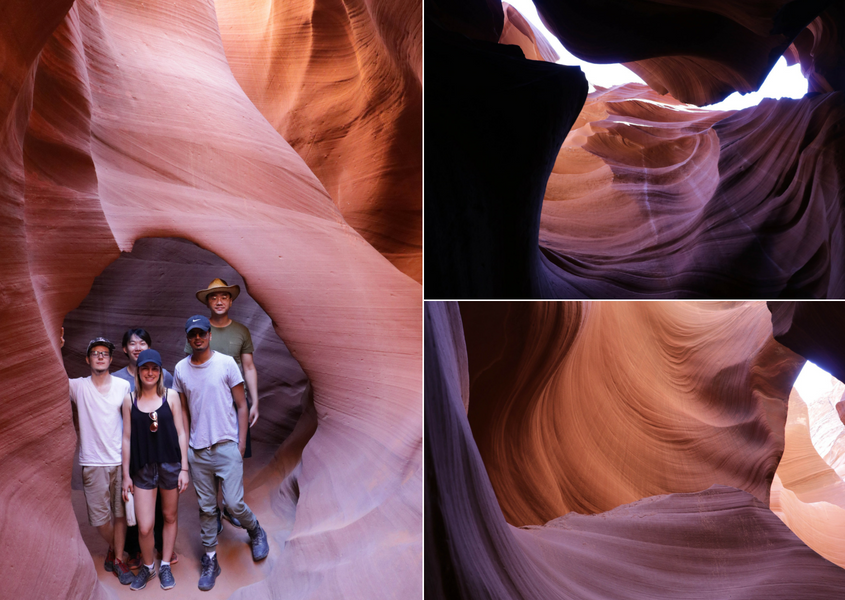
“Out of all the canyons we hiked through on the trip, this one was the most extraordinary and beautiful,” says student Talin Aitikan.
“I learned that Antelope Canyon was formed around 190 to 175 million years ago. Flash flooding carved and smoothed out the canyon and gave it its mesmerizing, velvet-like appearance. Over time, iron-rich minerals oxidized and gave the canyon it’s amazing red and orange tones.”
In Owen's Valley students learned about the human-made environmental catastrophe called the California Water Wars that led to this now pink-hued area. In the 1910's Los Angeles needed water and it was decided they would divert Owen's Creek. Unfortunately, as a result of the diversion, by 1924 Owen's Lake had dried up. What was left behind was salt formations that turn a pink hue from bacteria. This is an environmental issue to this day, as major dust storms from the dried up lake bed have harmed the surrounding ecosystems and are a hazard to the health of the residents. Owen's Valley is considered the largest source of dust pollution in the United States.
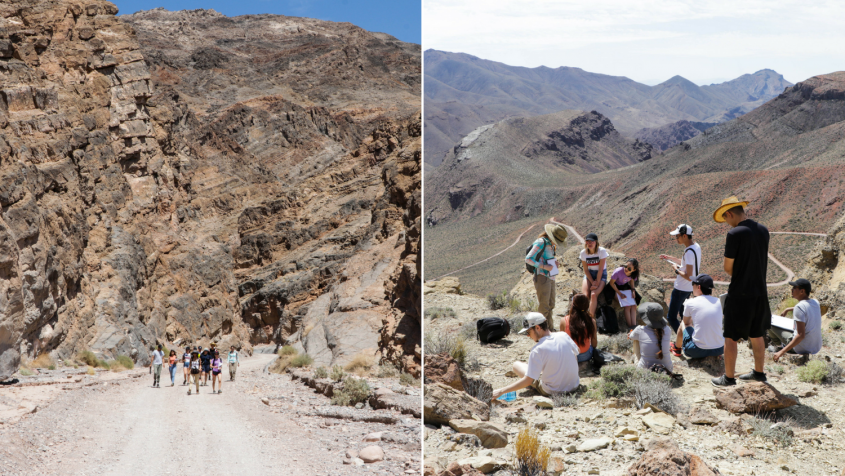
Death Valley is known for being one of the most extreme environments to visit in the Southwestern United States. Students saw basins far below sea level that reach some of the hottest temperatures in North America, despite there being snow-capped mountains nearby.
"I learned a lot through the environmental conditions we were able to experience. We went from being below sea level in almost 40-degree heat in Death Valley, to enjoying cooler weather in the mountains the same day," says Master’s student Natalie Dale.
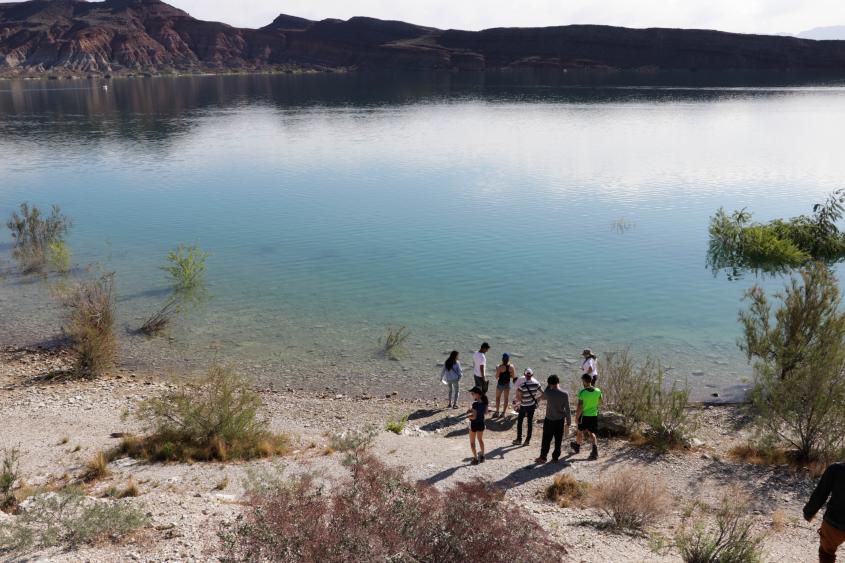
The Quail Creek Reservoir is where students learned about importance of a career in geology. It’s where a major failure of the Quail Creek Dike led to a flood in the late 1980's – one of the worst in Utah's history – caused by the dike being built on rock (gypsum) too soft to support it.
At Sperry Wash students got to study rock formations and look for evidence for and against the Snowball Earth Hypothesis, a theory that has divided the geology professionals for decades. One side argues that the rock formations here were deposited by glaciers, providing evidence that the Earth was once covered in ice. On the other hand, these rocks may be the product of underwater landslides, not ice.
What at first glance seems like a trip for geology enthusiasts also taught students much more, combining geology with environmental science, climatology, history, politics, engineering, indigenous culture, and alternative energy.
Then there are the unexpected life lessons that often come along with travelling to a new place – like how to change a tire in the middle of a road trip, how to remove cactus needles from a friend’s hand, and what a salt crystal tastes like.
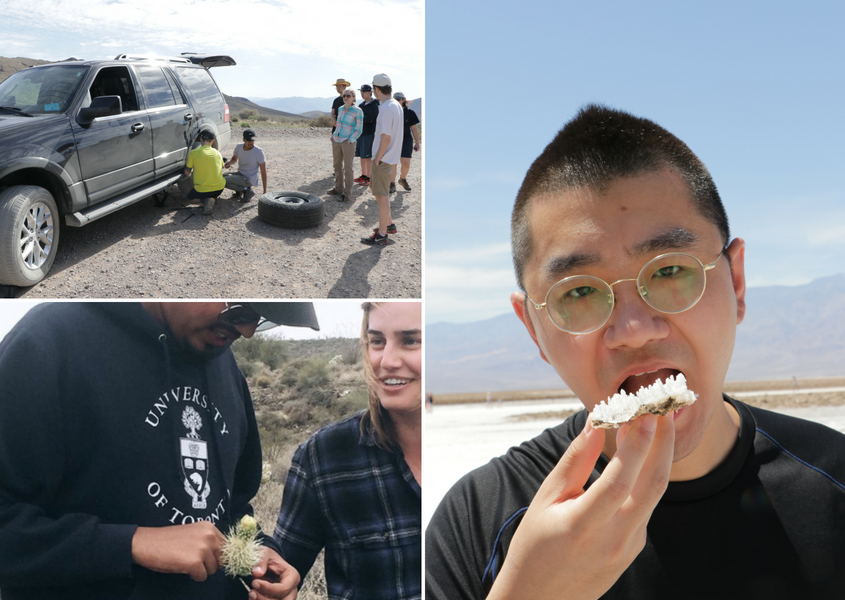
DPES has been running these field camps for 35 years, including trips to Iceland, Dominica, Costa Rica, and the Rocky Mountains. Undergraduates and graduates can find more information on the courses, and experiential learning opportunities with DPES, by visiting https://www.utsc.utoronto.ca/physsci/.
To see more photos and Instagram Stories from the trip visit @utsc_envirosci. Check out the video from the Winter 2018 trip:
All photos by Tom Meulendyk.
